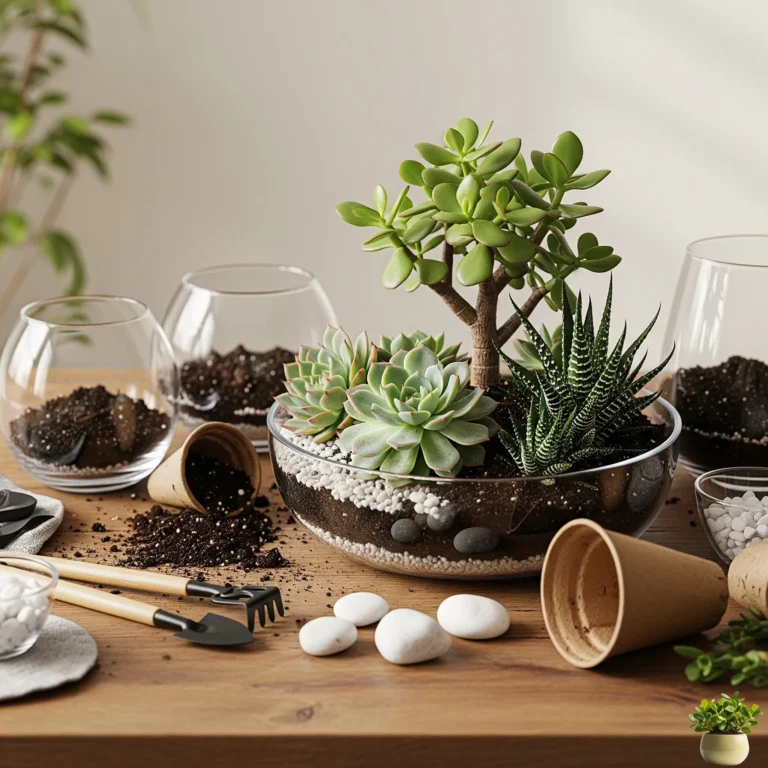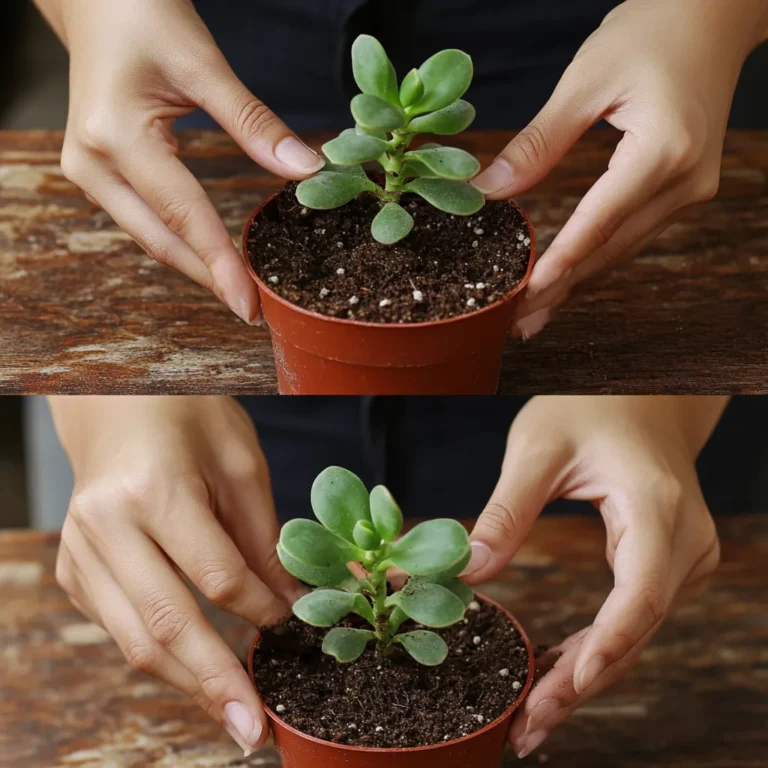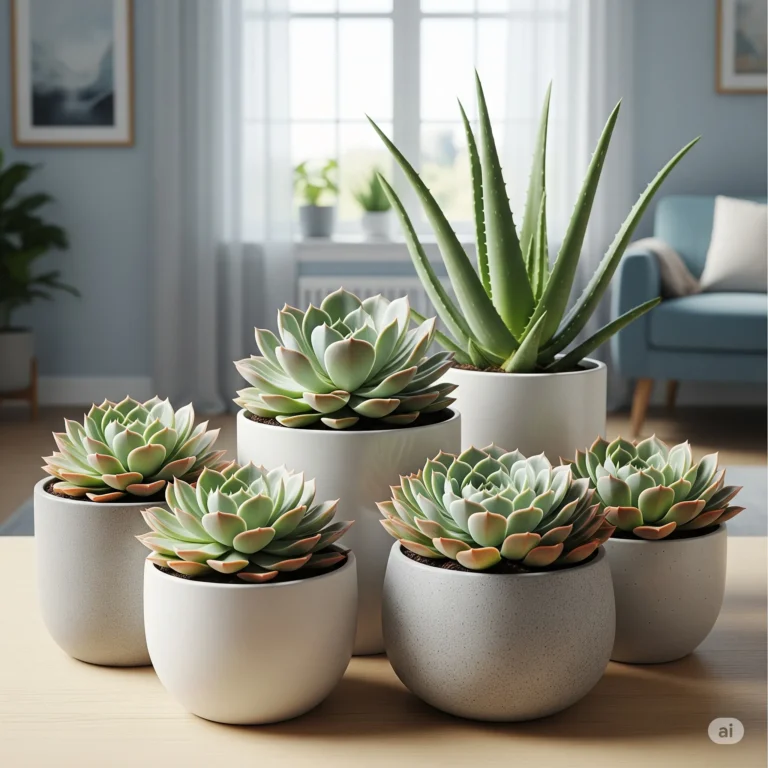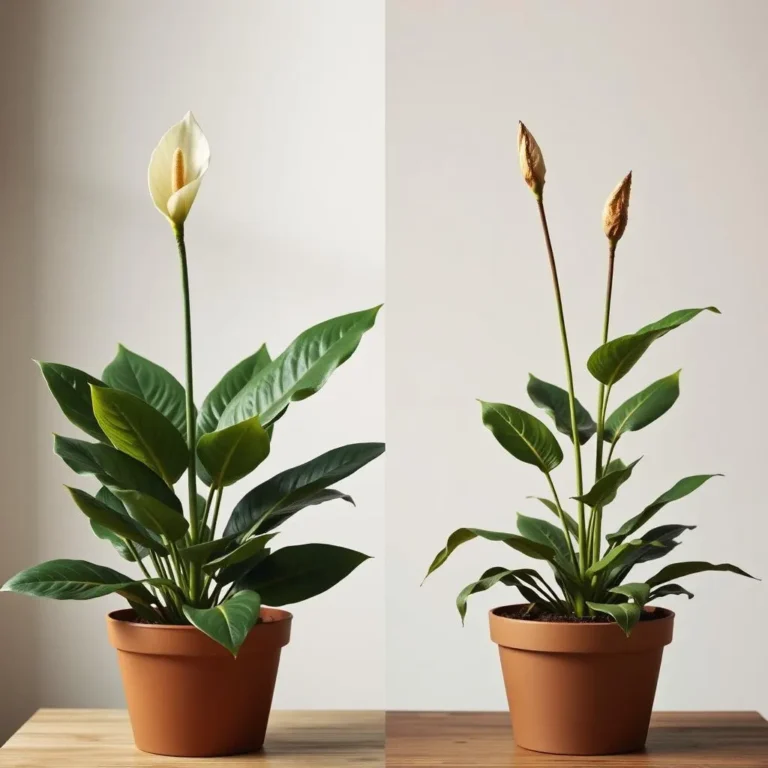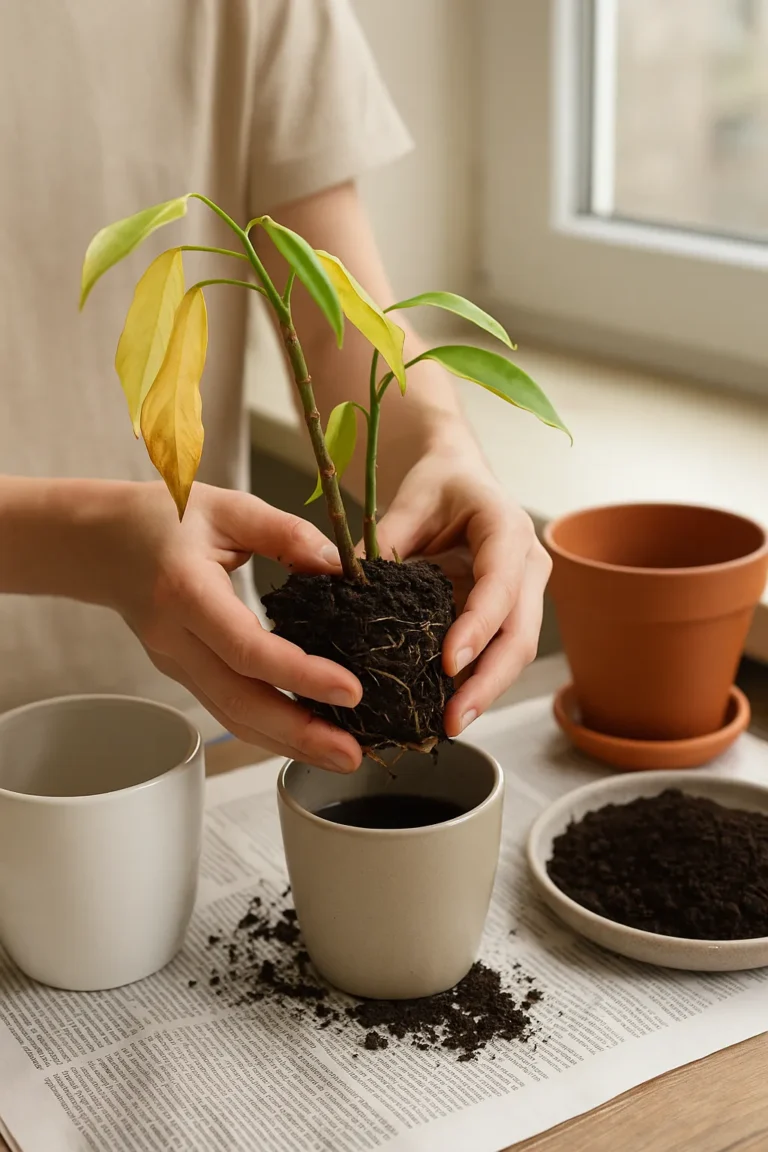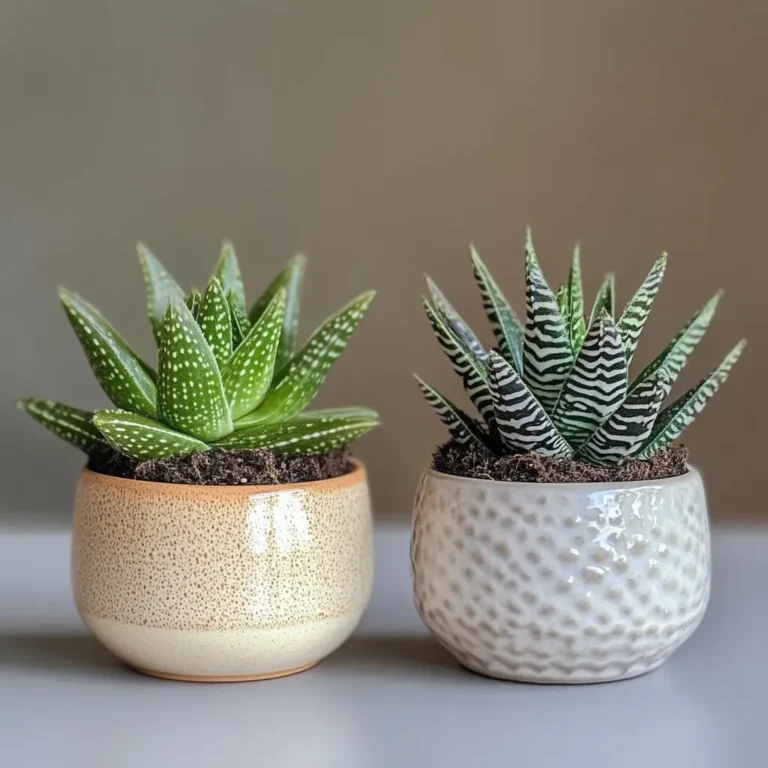Pothos Plant Care :How to Grow Devil’s Ivy Indoors Like a Pro
Why Is the Pothos Called the “Unkillable Plant”?
Ever wondered why plant parents everywhere swear by their Devil’s Ivy? The answer lies in its incredible resilience and forgiving nature. With over 2.4 million Pinterest saves and counting, the Pothos has earned its reputation as the ultimate beginner-friendly houseplant. Whether you’re a serial plant killer or just starting your indoor jungle journey, mastering Pothos plant care is your gateway to green-thumb confidence.
When it comes to Pothos plant care, understanding the needs of this remarkable houseplant can significantly enhance your experience. Proper watering, light conditions, and occasional pruning are essential for thriving Pothos plants.
For optimal Pothos plant care, ensure you provide adequate light. While it tolerates low light, brighter conditions will promote healthier growth and richer colors.
Learning the basics of Pothos plant care can lead to a flourishing indoor garden. This includes understanding how to propagate your Pothos effectively to create new plants.
This trailing beauty not only purifies your air (NASA approved!) but also thrives in almost any indoor environment. From dimly lit bathrooms to bright living rooms, the Pothos adapts like a champion. Its heart-shaped leaves cascade gracefully from hanging baskets or climb moss poles with equal enthusiasm, making it the perfect Instagram-worthy addition to any space.
Ready to transform your home into a lush oasis? This comprehensive guide will walk you through everything you need to know about Pothos plant care, from basic maintenance to advanced propagation techniques that’ll have you sharing plant babies with all your friends.
The resilient Pothos plant is an excellent choice for anyone looking to enhance their indoor environment with minimal effort. Regular attention to Pothos plant care will yield beautiful results.
In terms of Pothos plant care, keep an eye on your plant’s leaves. Healthy, vibrant leaves are a sign that your Pothos is thriving in its environment.
Understanding the characteristics of different Pothos varieties can enhance your Pothos plant care routine. Each type may have specific needs that can be catered to.
For successful Pothos plant care, consider the environment where you place your plant. Factors such as humidity and temperature play a crucial role in its health.
Meet Your New Green Companion: The Pothos Plant
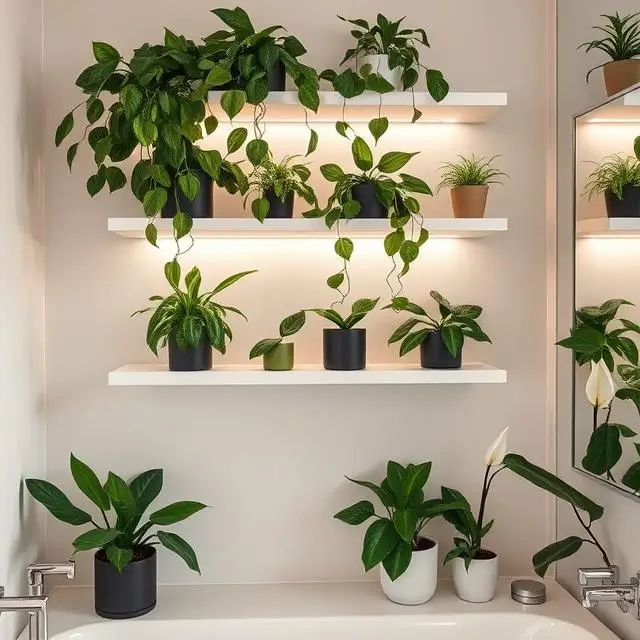
Originally hailing from the tropical rainforests of Southeast Asia, the Pothos (Epipremnum aureum) has conquered homes worldwide with its adaptable nature. This member of the Araceae family earned the nickname “Devil’s Ivy” due to its nearly indestructible qualities and ability to stay green even in complete darkness.
What makes this easy-care houseplant perfect for beginners? Unlike finicky fiddle leaf figs or dramatic calatheas, Pothos plants communicate their needs clearly. Droopy leaves mean “water me,” while yellowing indicates “I’m getting too much love.” This honest feedback system makes it nearly impossible to fail.
The most popular varieties include the classic Golden Pothos with its buttery variegation, the elegant Marble Queen sporting creamy white patterns, and the vibrant Neon Pothos that glows like sunshine. Each variety maintains the same care requirements while offering unique aesthetic appeal.
Picture this: glossy, heart-shaped leaves unfurling along vine-like stems that can stretch over 10 feet indoors. The leaves feel smooth and waxy to the touch, creating a luxurious texture that complements any décor style. As a trailing houseplant, it gracefully spills over pot edges or climbs supports with aerial roots that seem to have a mind of their own.
Familiarizing yourself with proper Pothos plant care techniques can prevent common issues, ensuring your plant remains vibrant and healthy.
Time & Care Commitment: Your Weekly Plant Routine
Choosing the right pot is also a crucial part of Pothos plant care. Ensure your pot has good drainage to prevent waterlogging.
One of the biggest advantages of Pothos plant care is its low-maintenance schedule. Unlike daily-attention plants, your Devil’s Ivy thrives on a “set it and somewhat forget it” approach that fits perfectly into busy lifestyles.
Watering Schedule: Check your Pothos weekly by sticking your finger 1-2 inches into the soil. Water thoroughly when the top layer feels dry, typically every 7-10 days during growing season and less frequently in winter. This low-light houseplant prefers to dry out slightly between waterings, making it more forgiving than moisture-loving plants.
Light Requirements: Your Pothos will flourish in low to medium indirect light, making it perfect for those Pinterest-worthy spots away from windows. While it tolerates low light better than most plants, brighter indirect light enhances variegation and promotes faster growth. Avoid direct sunlight, which can scorch those beautiful leaves.
Repotting Frequency: Plan to repot every 2-3 years or when roots start circling the pot’s bottom. This slow-growing plant doesn’t rush you into frequent repotting sessions, unlike fast-growing plants that demand annual attention.
A vital aspect of Pothos plant care is maintaining a consistent watering schedule. Too much or too little water can harm your plant.
Fertilizing Made Simple: During spring and summer, feed your Pothos with diluted liquid fertilizer monthly. In fall and winter, skip fertilizing entirely as the plant enters its rest period. This relaxed feeding schedule makes it ideal compared to heavy-feeding plants that require weekly nutrition.
Step-by-Step Pothos Care Instructions
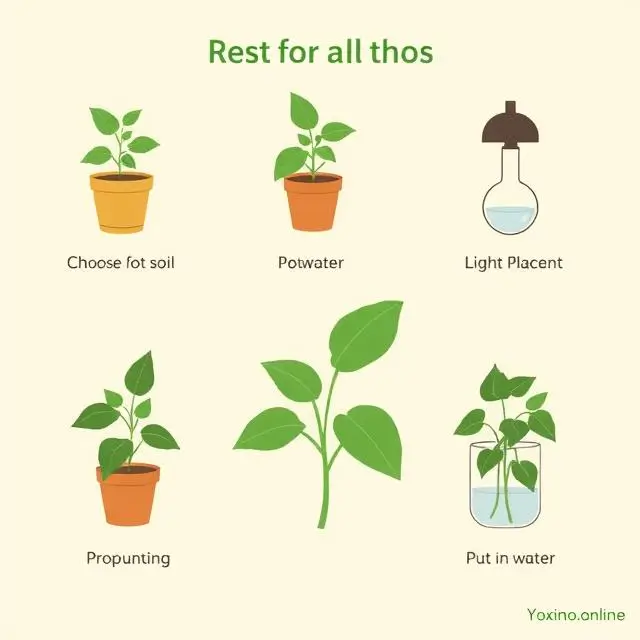
The placement of your Pothos is essential for optimal growth. Pothos plant care involves ensuring it receives the right amount of light.
Step 1: Choosing the Right Pot and Soil
Start your Pothos plant care journey with proper foundation. Select a pot with drainage holes that’s 1-2 inches larger than your plant’s root ball. Terracotta pots work beautifully for beginners as they allow soil to breathe and prevent overwatering.
Use well-draining potting mix designed for houseplants. A blend of peat moss, perlite, and regular potting soil creates the perfect environment. Avoid garden soil, which becomes compacted indoors and suffocates roots.
Regularly pruning your Pothos is important for its growth and can also help you propagate more plants effectively. Pothos plant care includes this essential practice.
Pro Tip: Add a layer of small stones at the pot’s bottom for extra drainage insurance – your future self will thank you!
Step 2: Mastering the Art of Watering Pothos
Pothos propagation is a rewarding aspect of Pothos plant care. Understanding how to do it properly can lead to a thriving collection of plants.
Watering Pothos correctly prevents 90% of common problems. The golden rule? When in doubt, wait another day. These plants forgive underwatering much better than soggy roots.
Water slowly and evenly until it drains from the bottom holes. Empty the saucer after 30 minutes to prevent root rot. During winter months, reduce watering frequency as growth slows and soil takes longer to dry.
Warning: Yellow leaves often indicate overwatering, while brown, crispy edges suggest underwatering or low humidity.
Step 3: Perfect Light Placement for Thriving Vines
Understanding Pothos light requirements unlocks your plant’s full potential. Place your Devil’s Ivy 3-6 feet from east or west-facing windows for optimal brightness without harsh rays.
These adaptable beauties tolerate fluorescent office lighting, making them perfect for workspace greenery. However, variegated varieties need slightly brighter conditions to maintain their stunning patterns.
Styling Tip: Rotate your plant weekly to ensure even growth and prevent it from leaning toward the light source.
Step 4: Pruning and Shaping for Fuller, Lusher Vines
Regular pruning encourages bushier growth and prevents your trailing houseplant from becoming leggy. Using clean scissors, trim just above leaf nodes (small bumps on stems) during growing season.
Don’t throw those cuttings away! Each trimmed vine becomes a new plant through propagation. Pruning also allows you to control your plant’s size and shape, whether you prefer compact bushiness or dramatic trailing length.
Personalization Tip: Great for forgetful plant parents who remember pruning only occasionally – Pothos responds well to sporadic trimming sessions!
Step 5: Pothos Propagation Magic in Water or Soil
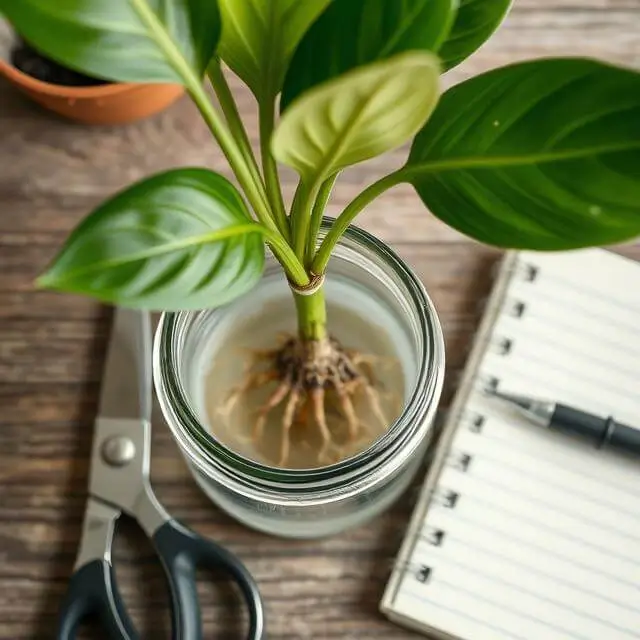
Pothos propagation is almost foolproof and incredibly rewarding. Cut 4-6 inch stems just below leaf nodes, ensuring each cutting has at least one node and 2-3 leaves.
Water Propagation: Place cuttings in water, changing it every few days. Roots develop within 2-3 weeks, and plants can live in water indefinitely or be transplanted to soil.
Soil Propagation: Plant cuttings directly in moist potting mix, keeping soil consistently damp until new growth appears. This method often produces stronger root systems.
Styling & Display Ideas: Pinterest-Perfect Plant Decor
Transform your space with these Instagram-worthy indoor hanging plants arrangements that’ll have your followers double-tapping immediately.
Hanging Basket Glory: Suspend your Pothos in macramé hangers or sleek modern planters near windows. The cascading vines create natural living curtains that soften harsh architectural lines while adding organic movement to static spaces.
Shelf Styling Magic: Position your Devil’s Ivy on floating shelves, bookcases, or plant stands where vines can gracefully trail downward. Mix with other easy-care houseplants like snake plants or ZZ plants for varied textures and heights.
Bathroom Spa Vibes: These humidity-loving plants thrive in bathrooms with indirect light. Hang them near shower areas or place on bathroom counters for instant spa atmosphere. The trailing vines create privacy while purifying air naturally.
Modern Minimalist Appeal: Pair your Pothos with sleek white ceramic pots, geometric planters, or trendy terracotta vessels. The plant’s organic shapes provide perfect contrast to clean, modern lines.
Perfect Plant Companions: Create stunning displays by grouping Pothos with complementary plants like Philodendrons, Monstera Deliciosa, or Peace Lilies. These combinations offer varied leaf shapes while maintaining similar care requirements.
Plant Health & Nutrition: Keeping Your Devil’s Ivy Thriving
Ultimately, mastering Pothos plant care is about creating a thriving ecosystem in your home. With the right techniques, your Pothos will flourish.
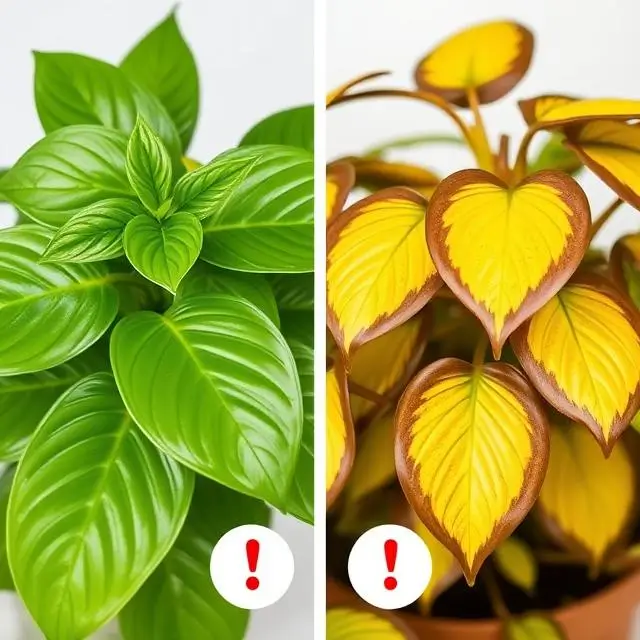
Safety First: While gorgeous, Pothos plants are toxic to pets and children if ingested. The calcium oxalate crystals cause mouth irritation and digestive upset. Keep them in hanging baskets or high shelves if you have curious cats, dogs, or little ones.
Nutritional Needs: Your Pothos isn’t a heavy feeder, making Pothos plant care economical and straightforward. During active growing months (spring and summer), dilute liquid houseplant fertilizer to half strength and apply monthly. Signs of proper nutrition include steady growth and vibrant leaf coloration.
Deficiency Warning Signs:
- Pale, yellow leaves may indicate nitrogen deficiency or natural aging
- Slow growth despite proper light and water suggests nutrient depletion
- Loss of variegation often means insufficient light rather than poor nutrition
Common Pest Management: While generally pest-resistant, occasionally check for spider mites (tiny webs on leaves), aphids (small green insects), or scale insects (brown bumps on stems). Wipe leaves with damp cloth monthly to prevent infestations and maintain that glossy appearance.
Troubleshooting Yellow Leaves: Usually caused by overwatering, natural aging, or seasonal changes. Remove yellow leaves promptly to redirect energy to healthy growth. If multiple leaves yellow simultaneously, assess your watering schedule and soil drainage.
Air Purification Benefits: NASA’s Clean Air Study confirmed Pothos removes formaldehyde, xylene, and toluene from indoor air. One plant effectively purifies approximately 100 square feet of space, making it both beautiful and functional.
Your Pothos Success Story Starts Now
Mastering Pothos plant care opens doors to confident plant parenthood and a more vibrant living space. These resilient beauties reward minimal effort with maximum impact, creating lush green sanctuaries that calm minds and purify air naturally.
Remember, every plant parent started somewhere, and the forgiving Pothos makes an excellent teacher. Start with one plant, master its care, then expand your collection with confidence. Your future self (and your Instagram followers) will thank you for beginning this green journey.
Ready to start your Pothos adventure? Pin this comprehensive guide for easy reference, and don’t forget to share your plant parent wins in the comments below! 🌿📌
Have questions about your specific Pothos situation? Drop them in the comments – our plant community loves helping fellow green thumbs succeed!

